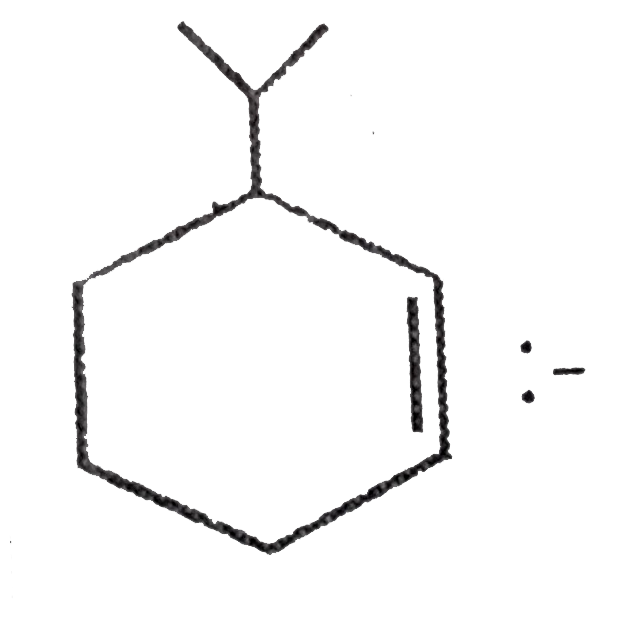PbCl4 is less stable than SnCl4, but PbCl2 is more stable than SnCl2. Give reasons.
To understand why PbCl4 is less stable than SnCl4 while PbCl2 is more stable than SnCl2, we need to analyze the oxidation states and the inert pair effect in the context of group 14 elements.
1. Identify the Oxidation States:
- In PbCl4, lead (Pb) is in the +4 oxidation state.
- In SnCl4, tin (Sn) is also in the +4 oxidation state.
- In PbCl2, lead (Pb) is in the +2 oxidation state.
- In SnCl2, tin (Sn) is in the +2 oxidation state.
2. Group 14 Elements:
- Both lead and tin belong to group 14 of the periodic table, which also includes carbon (C), silicon (Si), and germanium (Ge).
- As we move down the group from carbon to lead, the tendency to exhibit the +4 oxidation state decreases.
3. Inert Pair Effect:
- The inert pair effect refers to the tendency of the s-electrons in the outermost shell to remain non-bonding as we move down the group.
- For lead, the 6s2 electrons are less likely to participate in bonding compared to the 5s2 electrons of tin.
- This results in lead preferring the +2 oxidation state over the +4 state.
4. Stability of Compounds:
- SnCl4 is more stable than PbCl4 because tin can effectively utilize its +4 oxidation state due to less inert pair effect compared to lead.
- Conversely, PbCl2 is more stable than SnCl2 because lead prefers the +2 oxidation state due to the increased inert pair effect, making it more stable in this oxidation state.
5. Conclusion:
- Therefore, the stability of these compounds can be summarized as:
- PbCl4 < SnCl4 (due to the inert pair effect favoring +2 for Pb)
- PbCl2 > SnCl2 (due to Pb's preference for +2 state)
Summary:
- PbCl4 is less stable than SnCl4 because lead prefers the +2 oxidation state due to the inert pair effect, while tin can stabilize the +4 state.
- PbCl2 is more stable than SnCl2 because lead is more stable in the +2 oxidation state compared to tin.
- In PbCl4, lead (Pb) is in the +4 oxidation state.
- In SnCl4, tin (Sn) is also in the +4 oxidation state.
- In PbCl2, lead (Pb) is in the +2 oxidation state.
- In SnCl2, tin (Sn) is in the +2 oxidation state.
- Both lead and tin belong to group 14 of the periodic table, which also includes carbon (C), silicon (Si), and germanium (Ge).
- As we move down the group from carbon to lead, the tendency to exhibit the +4 oxidation state decreases.
- The inert pair effect refers to the tendency of the s-electrons in the outermost shell to remain non-bonding as we move down the group.
- For lead, the 6s2 electrons are less likely to participate in bonding compared to the 5s2 electrons of tin.
- This results in lead preferring the +2 oxidation state over the +4 state.
- SnCl4 is more stable than PbCl4 because tin can effectively utilize its +4 oxidation state due to less inert pair effect compared to lead.
- Conversely, PbCl2 is more stable than SnCl2 because lead prefers the +2 oxidation state due to the increased inert pair effect, making it more stable in this oxidation state.
- Therefore, the stability of these compounds can be summarized as:
- PbCl4 < SnCl4 (due to the inert pair effect favoring +2 for Pb)
- PbCl2 > SnCl2 (due to Pb's preference for +2 state)
- PbCl4 is less stable than SnCl4 because lead prefers the +2 oxidation state due to the inert pair effect, while tin can stabilize the +4 state.
- PbCl2 is more stable than SnCl2 because lead is more stable in the +2 oxidation state compared to tin.
Topper's Solved these Questions
- SOME P-BLOCK ELEMENTS BOOK - ICSECHAPTER - SOME P-BLOCK ELEMENTS EXERCISE - VERY SHORT ANSWER TYPE QUESTIONS
53 Videos
- SOME P-BLOCK ELEMENTS BOOK - ICSECHAPTER - SOME P-BLOCK ELEMENTS EXERCISE - SHORT ANSWER TYPE QUESTIONS
79 Videos
- SOME BASIC CONCEPTS OF CHEMISTRY BOOK - ICSECHAPTER - SOME BASIC CONCEPTS OF CHEMISTRY EXERCISE - NCERT TEXT-BOOK EXERCISES (WITH HINGS AND SOLUTIONS)
36 Videos
- STATES OF MATTER : GASES AND LIQUIDSBOOK - ICSECHAPTER - STATES OF MATTER : GASES AND LIQUIDSEXERCISE - NCERT TEXT-BOOK EXERCISES (With Hints and Solutions)
23 Videos
Similar Questions
Why SnCl2 is more ionic than SnCl4 ?
View SolutionCesium chloride is more stable than sodium chloride. Assign reason.
View SolutionAccount for the following:
PbCl4 is less stable than SnCl4.
View SolutionState true or false
SnCl4 is more covalent than SnCl2 .
View SolutionWhy H2 is more stable than H+2 while He+2 is more stable than He2 ?
View SolutionCu+(aq.) has less stable nature than Cu2+(aq.) but Fe3+(aq.) is more stable than Fe2+(aq.).
Half-filled and completely filled, sub-shell are more stable.
View SolutionWhich of the following alkene is more stable than

View SolutionAssertion: H2SO4 is a weaker acid than HClO4.
Reason: SO2−4 is more stable than ClO−4 in solution.
View SolutionAssertion: Cu2+(aq) is less than Cu3+(aq) but Fe3+ is more stable than Fe2+(aq)
Reason : Half filled and completely filled subshells are more stable
View SolutionTlCl3 is more stable than TlCl.
+1 oxidation state of thallium us more stable than +3.
View Solution
